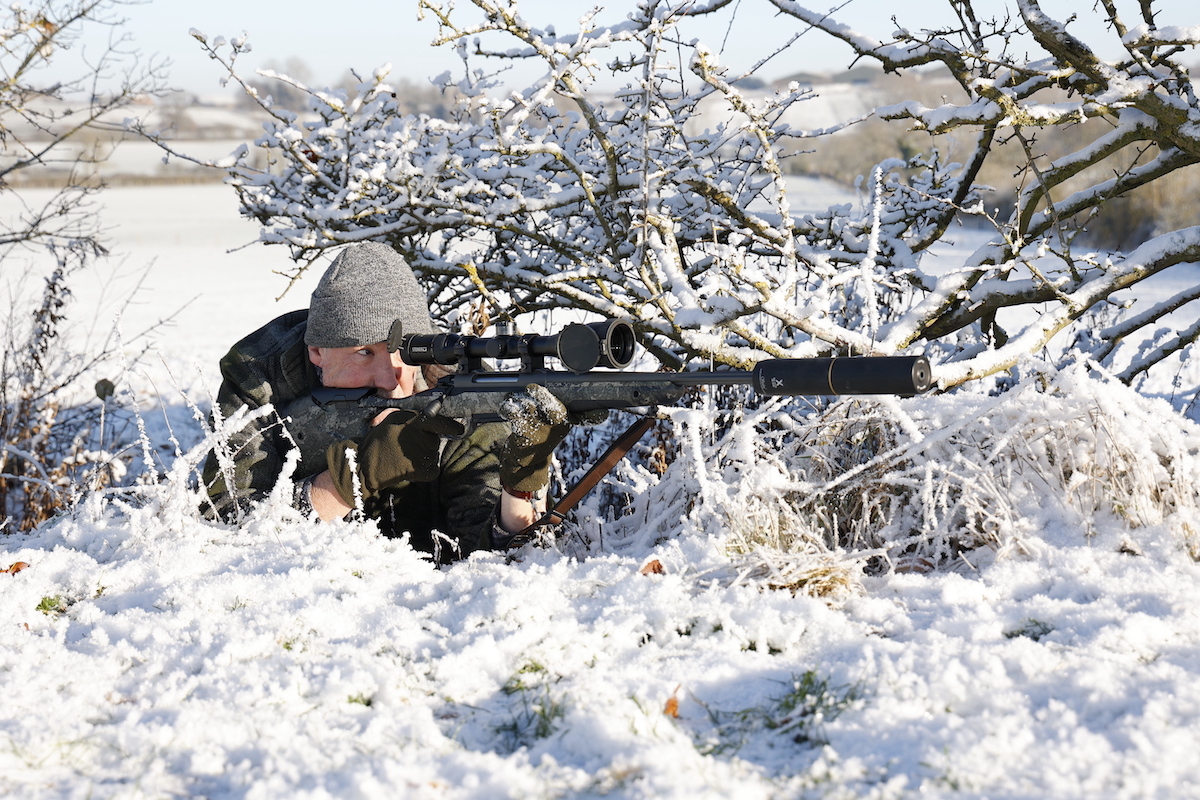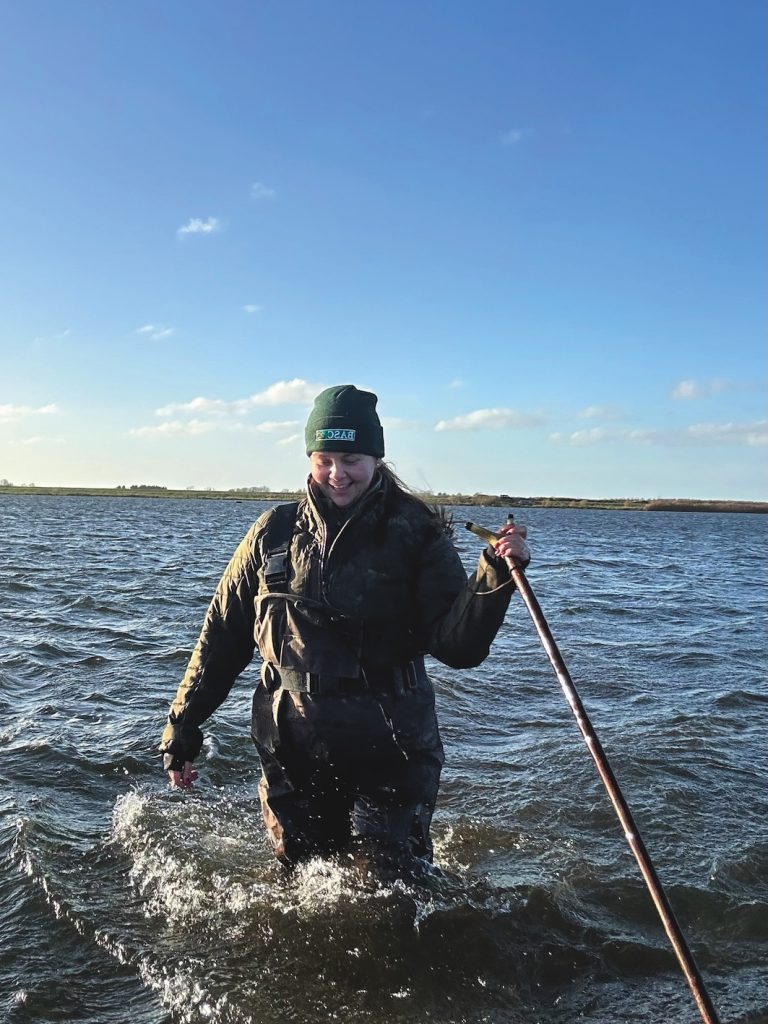Win CENS ProFlex DX5 earplugs worth £1,149 – enter here
Does cold weather affect rifle velocity?
If I use a variable magnification scope zeroed on the highest setting and in good light, would the point of impact change when the scope is turned down for a poor light situation? This is assuming both targets are at the same distance.
 The S20 Camo Cerakote is designed for this type of real life stalking and takes it all in its stride with ease. The S20 Camo Cerakote is designed for this type of real life stalking and takes it all in its stride with ease.
The S20 Camo Cerakote is designed for this type of real life stalking and takes it all in its stride with ease. The S20 Camo Cerakote is designed for this type of real life stalking and takes it all in its stride with ease.
Q: Will cold weather affect the velocity of my .243 stalking rifle and do I have to change zero during the winter months?
Rifle velocity in cold weather
A: Here in Britain it is unlikely that winter temperatures will make any real difference to zero.
However temperature can certainly affect a bullet’s trajectory, especially when the range increases. It affects the bullets’ flight in two ways. One is the air density that the bullet flies through and the other is the way the powder burns inside the cartridge.
First, an increase in air temperature makes the air thinner and so the bullet has less resistance in its flight, meaning the bullet shoots higher. When it’s cold, the air is denser and more resistant, so the bullet slows down and thus shoots lower. At normal short ranges, on deer-sized game, it is not such a problem, but for fox or vermin shooting at 200-plus yards it will make a difference. (Read how to compensate for a heat mirage when rifle shooting.)
Secondly, the temperature affects the powder burn in the cartridge. Some powders are more susceptible than others to temperature change and will burn faster or slower than others. This can vary from 1–2fps velocity change per 1°C of change, up to 3–5fps depending on type of powder. That’s why, when out stalking or sitting in a high seat, you should not leave the rifle exposed to the elements. Think about how the temperature might be affecting your cartridges.
Try it yourself with a cooler bag or snow and shoot your rifle and ammunition combination at your normal ranges so that you can see the difference. The real trouble comes if you reload in winter and the cartridge pressure is OK – if you then shoot the same ammunition on a hot summer day you will find that the pressure will increase excessively.
(Read things that affect rifle accuracy and how to correct them.)
Bad light
Q: Does the point of bullet impact change when a scope is turned down for poor light? If I use a variable magnification scope zeroed on the highest setting and in good light, would the point of impact change when the scope is turned down in dim light?
A: You are right to be concerned regarding the possibility of your rifle’s zero shifting from one magnification setting to another. This can be a common problem and is one that many shooters forget to check when they purchase a scope. It is usually the cheaper scopes that suffer from this displacement problem.
I test a scope’s repeatability by setting a target at 30 yards for a rimfire rifle and at 100 yards for a full-bore, and then shoot a three-shot group at each magnification setting to ascertain if all the shots fall at the initial point of impact. (Read which rimfire rifle is best for me?)
A small degree of shift is acceptable, and for you to decide, but at longer range it could be the difference between a hit and a miss or, worse, a wounded beast. It is worth spending more money on a quality scope, or stick to a fixed-power scope that will obviously not suffer from this problem.
This article was originally published in 2019 and has been updated.
Related Articles
Get the latest news delivered direct to your door
Subscribe to Shooting Times & Country
Discover the ultimate companion for field sports enthusiasts with Shooting Times & Country Magazine, the UK’s leading weekly publication that has been at the forefront of shooting culture since 1882. Subscribers gain access to expert tips, comprehensive gear reviews, seasonal advice and a vibrant community of like-minded shooters.
Save on shop price when you subscribe with weekly issues featuring in-depth articles on gundog training, exclusive member offers and access to the digital back issue library. A Shooting Times & Country subscription is more than a magazine, don’t just read about the countryside; immerse yourself in its most authoritative and engaging publication.







